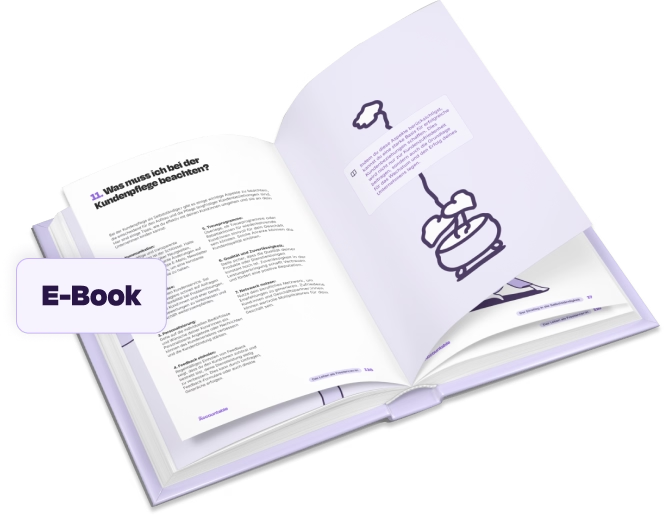20 Kapitel knallhart recherchiert und vom Steuerprofi geprüft
Kostenlos herunterladen

Author - Sophia Merzbach
Sophia has been a key member of the Accountable team for many years, bringing a unique blend of journalistic precision and in-depth tax expertise to her work.
Who is Sophia ?Thank you for your feedback!
Useful
How much income tax is deducted from your income is largely determined by your tax class. There are ...
Read moreWorking as a self-employed professional has many advantages: You are your own boss and you can choos...
Read moreWorking with international clients can be tricky, depending on where exactly they’re located, whet...
Read moreTOP TOP TOP TOP
Yuriy Gromov
Super Tipps, sehr hilfsbereit, bisher super zufrieden
Philipp Nowak
Ole hat superschnell geantwortet und den Nagel auf den Kopf getroffen. Weiter so, Ole!
Anonym
Die Einfachheit und Übersichtlichkeit und vor allem – falls nötig – den sehr persönlichen Kontakt mit helfendem Personal
Anonym
Sehr gut.....
Oleksandr Antosiuk
Ja man muss sagen alles super auch wenn es zwar dauert bis wer antwortet auf grund der Masse an Anfragen kann ich die kompetenz und die weiter bearbeitung und die Erklärungen der Mitarbeiter nur weiterempfehlen! Sie erklären auch so das ein Anfänger alles super versteht und damit super Arbeiten kann.
Denis Wenzel
Ich hätte schon viel früher in Accountable investieren sollen. Jahrelang war Buchhaltung für mich ein echter Kampf. Zugegeben – Accountable ist nicht die günstigste Lösung auf dem Markt, aber für mich definitiv die intuitivste.
Anonym
Simplicity, trust, guidance.
Flamur Abdyli
As a new entrepreneur, Accountable enabled me to prepare all the documents for the Finanzamt for 2024 within 1 hour. It's the perfect balance of tools, automation, AI, and human advice. I highly recommend it!
Chiara Anne Cokieng
Es hat alles gut geklappt und ich konnte alle Unstimmigkeiten in meiner Steuererklärung beheben. Danke für eure guten Erklärungen. Ich kann Accountable nur jedem empfehlen. Man spart sich das viele Geld für den Steuerberater und hat kompletten Überblick über seine Finanzen
Jacqueline Walther